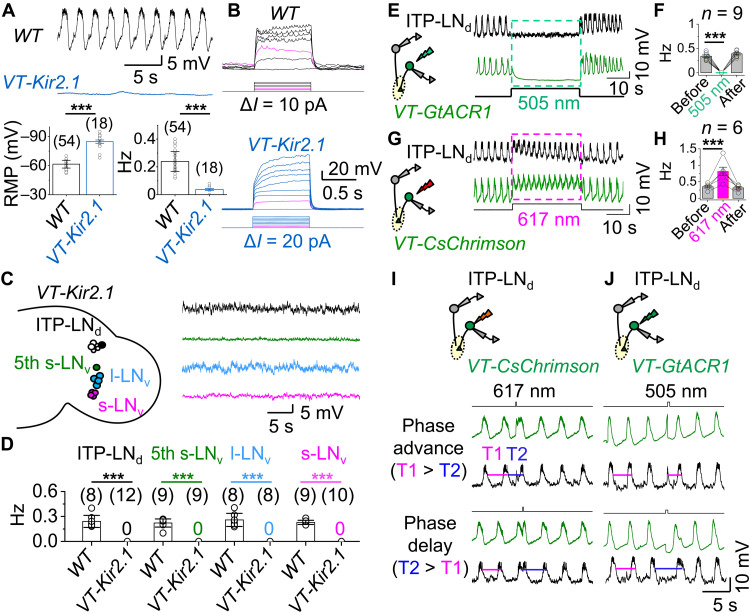Fig. 4. xCEOs drive bursting in clock neurons.
(A) Representative recordings of xCEOs in WT (top) and VT037867-Kir2.1 flies (middle), and combined RMPs and burst frequencies (bottom). ***P < 0.001 by unpaired two-tailed Student’s t test. (B) Representative responses of xCEOs to current injection in WT (top) and VT037867-Kir2.1 flies (bottom). Magenta traces indicate injection of 20 pA, triggering spike firing in WT but not VT037867-Kir2.1 flies. (C) Schematic of clock neurons in VT037867-Kir2.1 flies (left) and representative recordings at approximately −55 mV (right). (D) Combined burst frequencies in WT and VT037867-Kir2.1 flies. ***P < 0.001 by unpaired two-tailed Student’s t test. (E) Schematic of xCEO inhibition by GtACR1 and dual recordings (left) and representative recordings of xCEO and ITP-LNd ipsilateral pair (right). Optogenetic stimulation (505 nm, 30 s, and 40 μW) indicated by the dashed green box. (F) Combined data from (E). ***P < 0.001 by paired t test. (G) Schematic of CsChrimson activation of xCEOs and dual recordings (left) and representative recordings of xCEOs and ITP-LNd ipsilateral pair (right). Optogenetic stimulation: 617 nm, 30 s, and 30 μW. (H) Combined data from (G). ***P < 0.001 by paired t test. (I) Schematic of xCEO depolarization by CsChrimson and dual recordings from ITP-LNd and xCEO (top), phase advance (middle), and phase delay (bottom) in ITP-LNd and xCEO. Optogenetic stimulation: 617 nm, 150 ms, and 30 μW. Similar results obtained in four independent replicates. (J) Schematic of xCEOs hyperpolarization by GtACR1 and dual recordings from ITP-LNd and xCEO (top), phase advance (middle), and phase delay (bottom) in ITP-LNd and xCEO. Optogenetic stimulation: 505 nm, 300 ms, and 40 μW. Similar results obtained in six independent replicates. RMP, resting membrane potential. Combined data are presented as means ± SEM.

